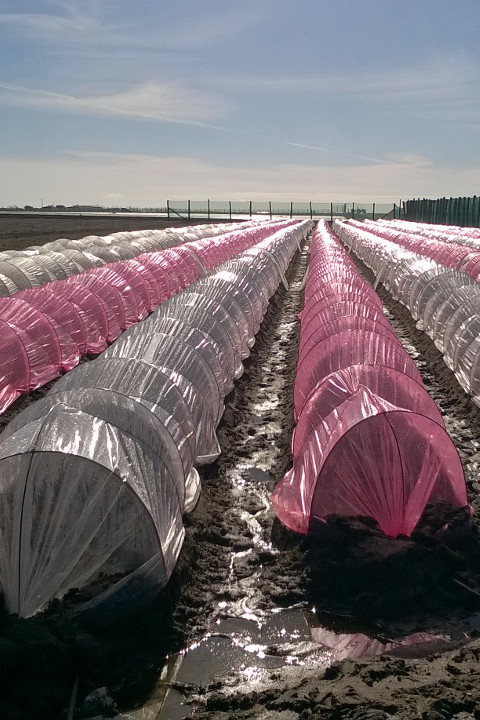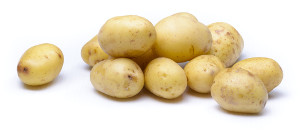
More than 120 agronomic trials carried out from North to South of Europe in real growing conditions with the support of INRA agronomic research institute, University of Almeria, Tecnova, Adesva renowned experimental farms and professional growers have made it possible to evaluate, optimize and confirm agronomic performance of LIGHT CASCADE® doped greenhouse films on berries, tomatoes, cucumbers, peppers, melons, early potatoes...
Strawberries, blueberries and raspberries crops have been evaluated in several regions of Europe, notably in Huelva in Andalusia under real growing conditions at growers’ or agronomic experimental farms (such as ADESVA). Agronomic performances measured in Huelva over several years of trials were significant:


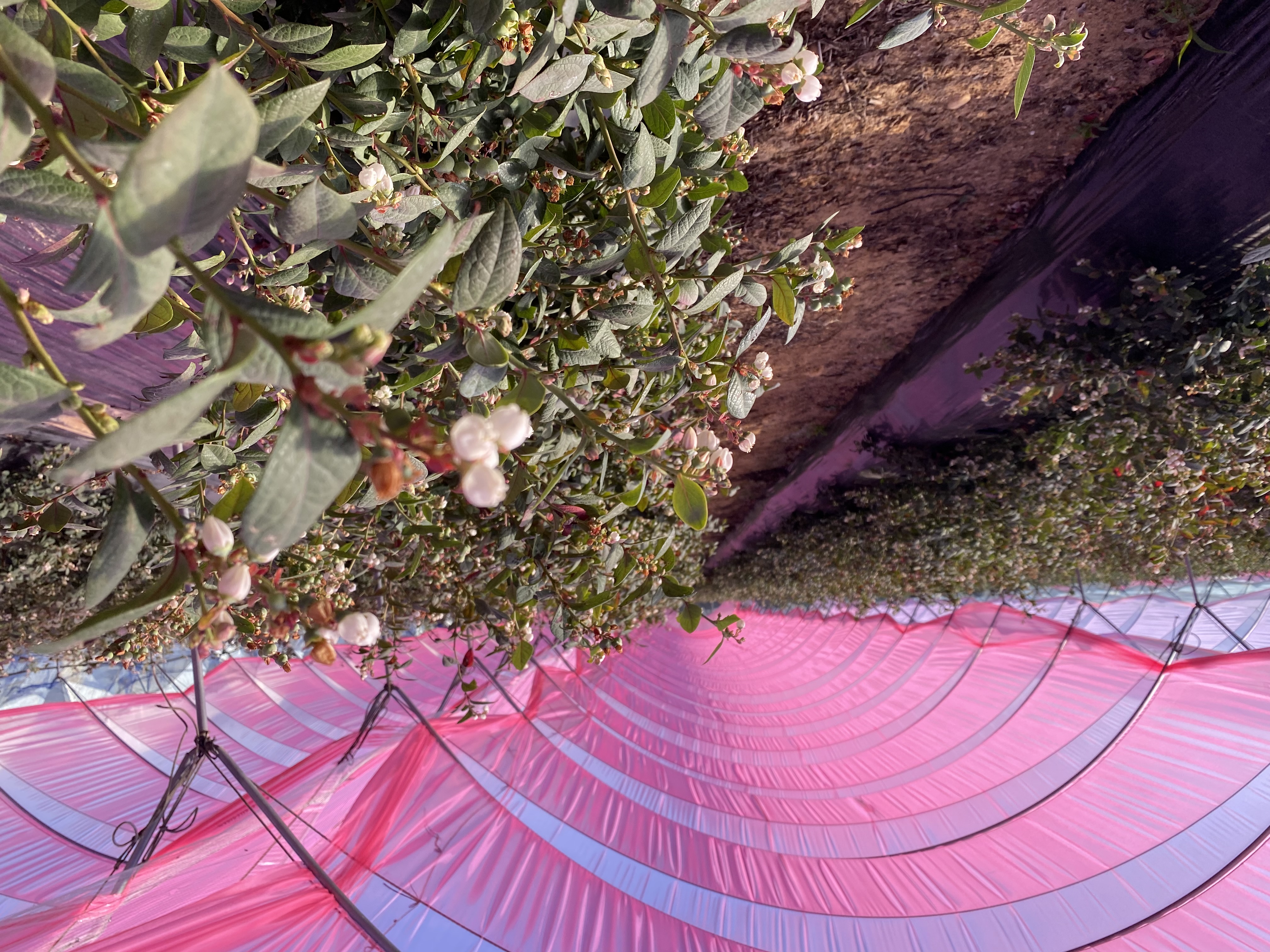

Use of double roof (thermal curtains) is increasing for winter grown crops to maintain a favorable temperature inside the greenhouse when the light is a limiting factor in winter.
CASCADE continues its strategy of adapting its technology by crop. In 2019, as a result of various trials in Spain, CASCADE has developed a LitePlus® Double Roof 'Tomato' formulation specifically adapted to the needs of tomatoes, allowing farmers to benefit from the same advantages of the technology as on other vegetable crops. This formulation enriches the light in the greenhouse in the blue wavelengths.
The LitePlus® Double Roof 'Veggie' formulation is suitable for peppers, cucumbers, zuchhini and eggplants....
LIGHT CASCADE® technology integrated in double roof films has demonstrated significant agronomic performance in Almeria as measured in various reference agronomic farms (CAJAMAR, UNIVERISTY OF ALMERIA, TECNOVA, etc.):
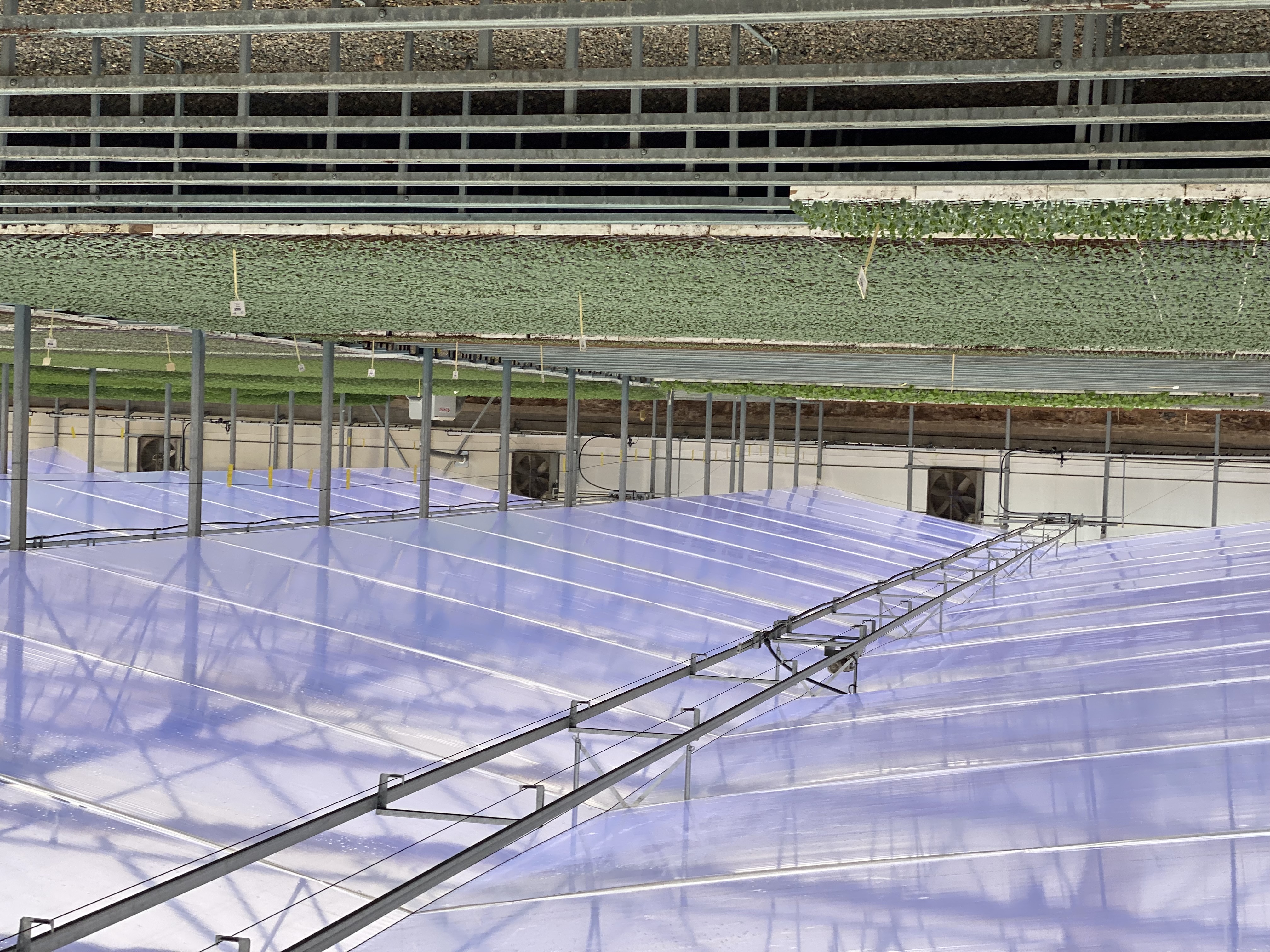
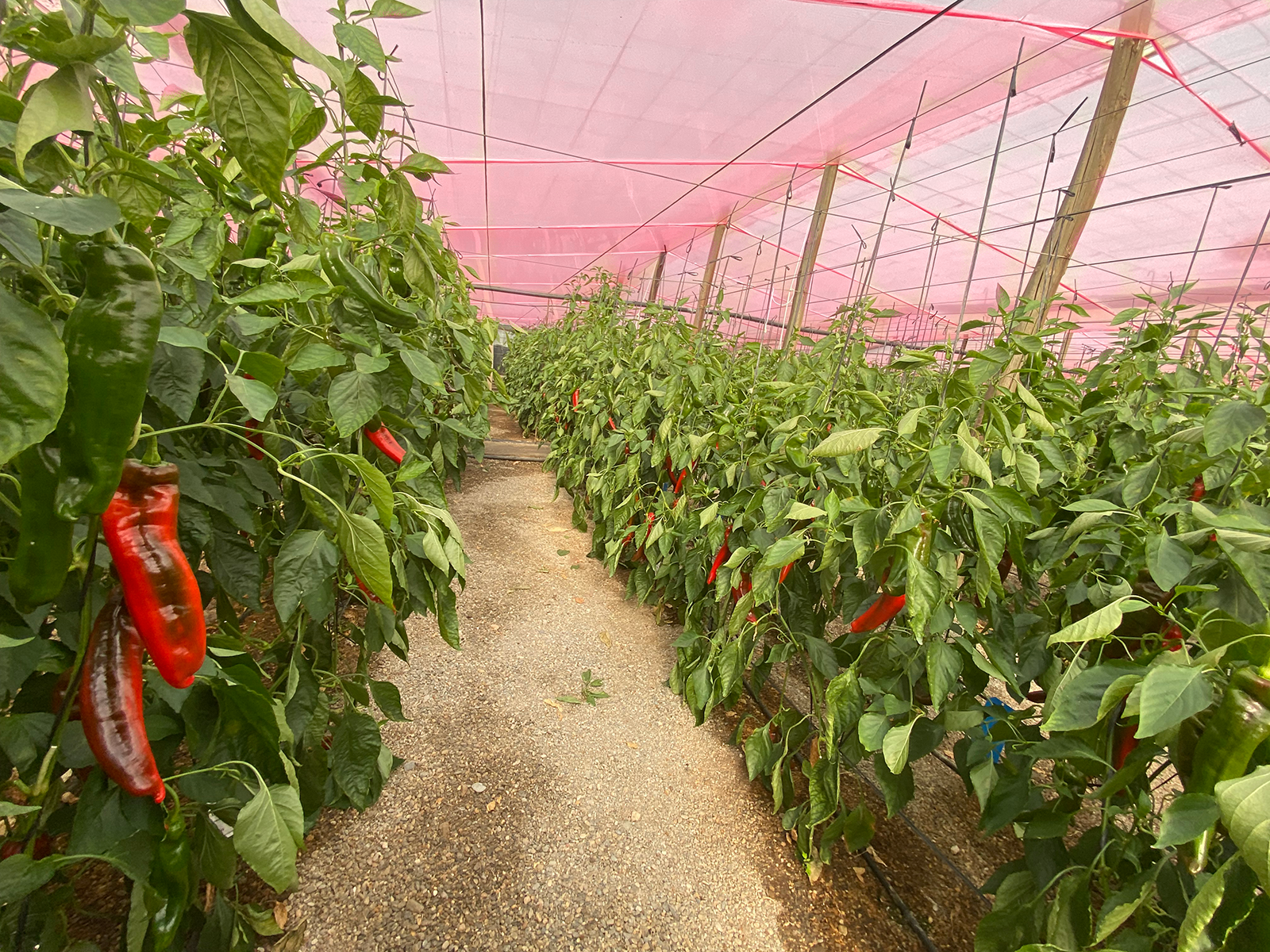
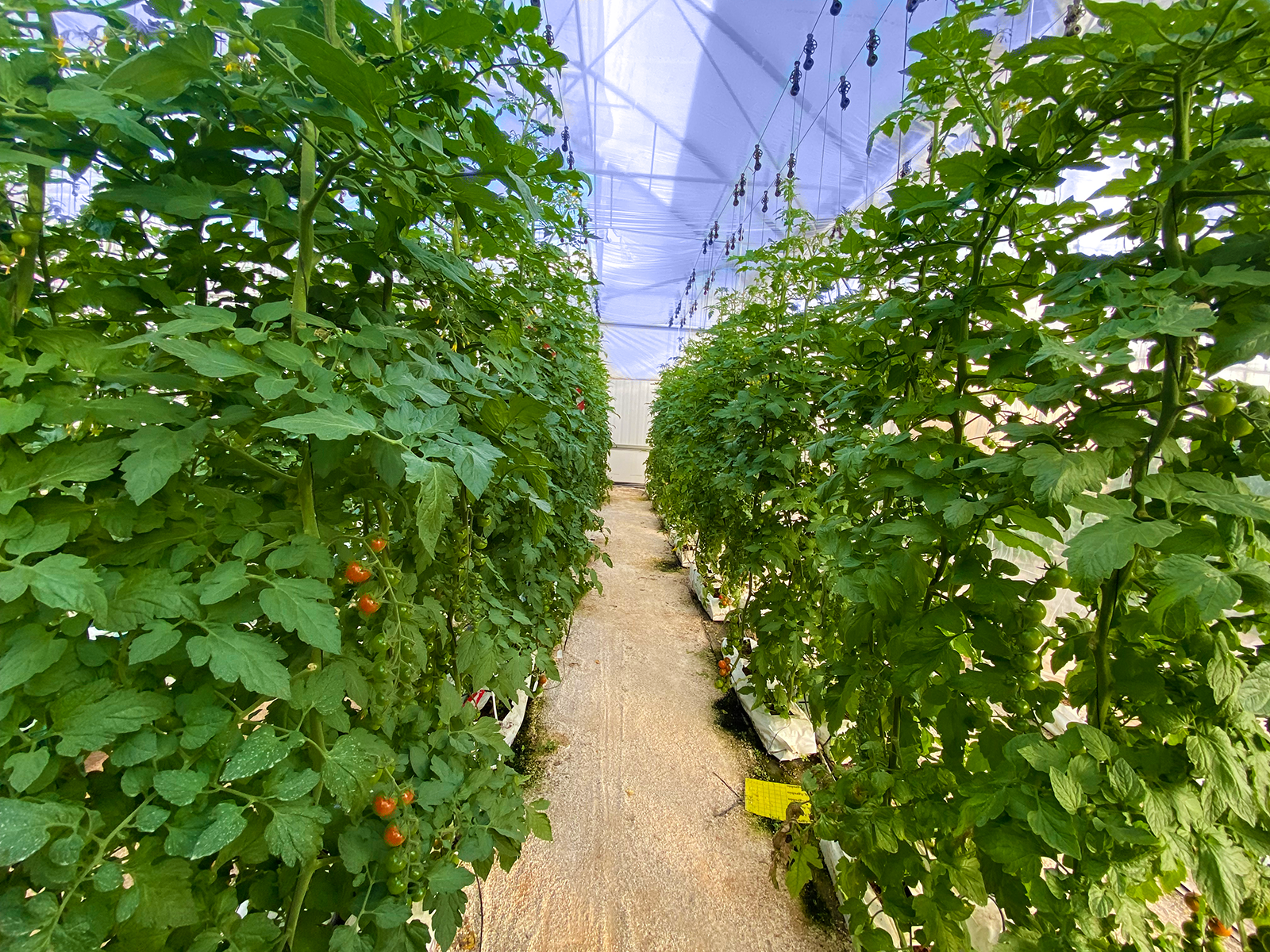
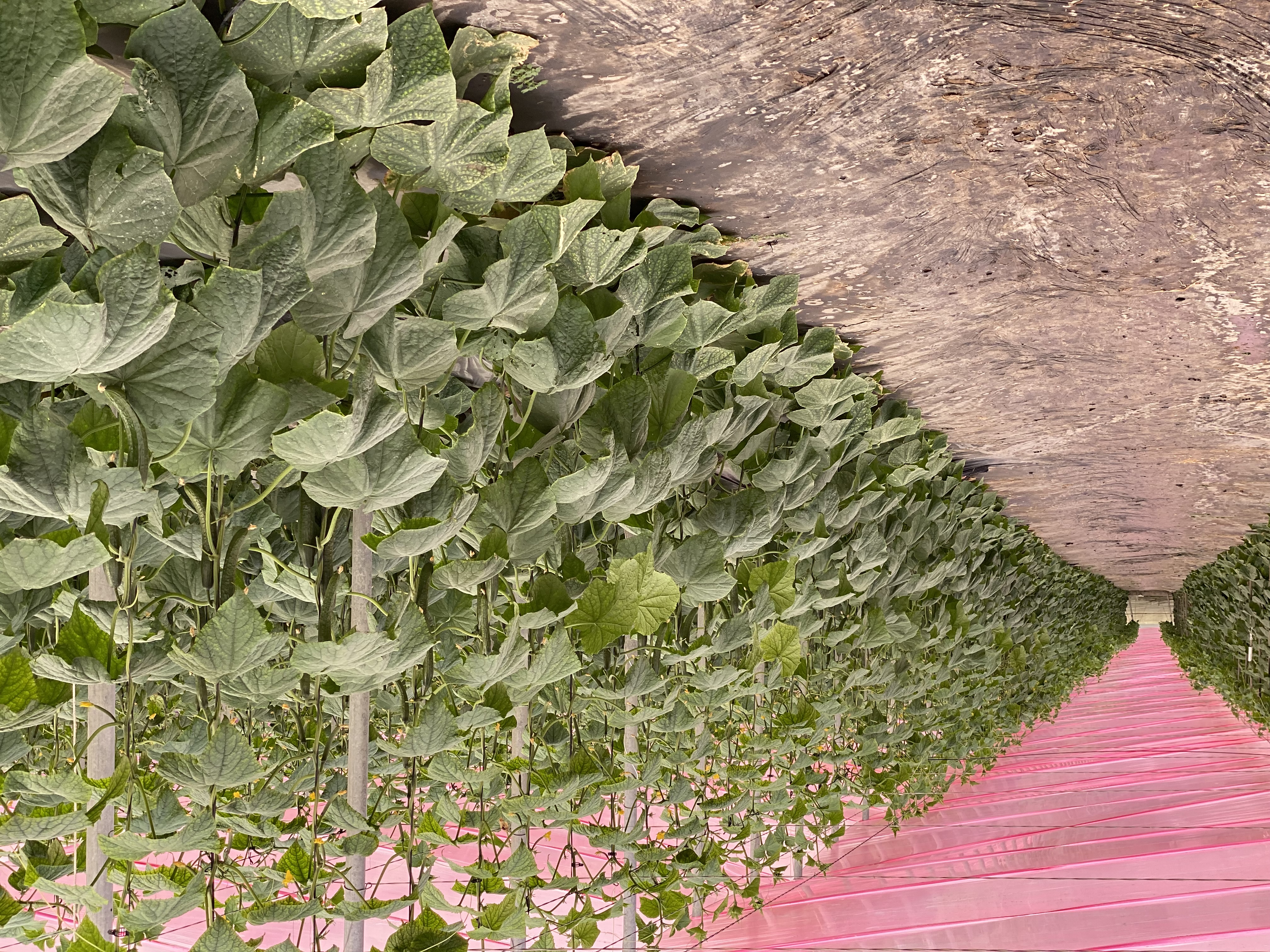

6 years of research and trials, nearly 50 formulations evaluated in real growing conditions in France, Spain and Italy have made it possible to develop “LitePlus® Melon” masterbatch and validate its agronomic performance:
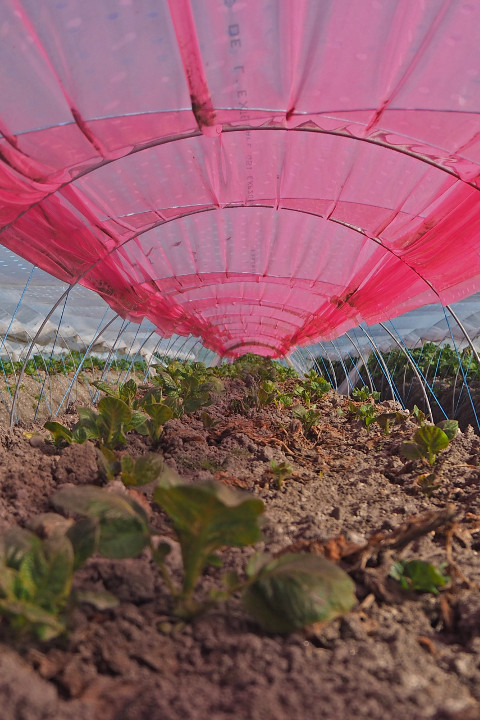

Agronomic trials carried out over several years in Noirmoutier, West France , on early potatoes showed positive reaction to the light induced by LIGHT CASCADES® doped films.
Agronomic performances measured were:
